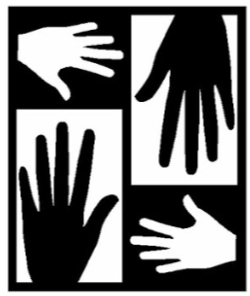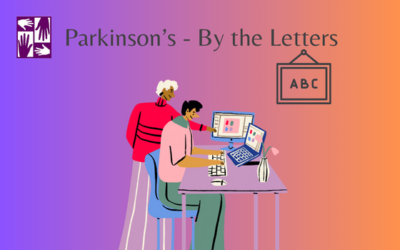October 25, 2019

It is well established that people with dementia are ultra-sensitive to stimulation from their environment. Taking this into consideration, our Care Management team implements a successful behavior modification protocol for dealing with problem behaviors that often turn into catastrophic events.
We start by training our Caregivers to track all behavior problems as well as signs of client distress. We then determine what took place immediately prior to the client’s reaction. By identifying the triggers that precipitate the behavior we are able to modify or eliminate the triggers and thereby change the outcome.
In addition to addressing environmental factors, we redirect the client into known pleasurable activities from our activity planning phase that is part of our initial assessment process. The list of activities is kept in the house in the home care binder for easy access by the Caregivers.
By combining the unique approaches described above, the Senior Alternatives care plan team increases the likelihood that our clients will remain manageable in their homes versus being placed in a nursing home or dementia unit.
Watch Janet Brush speak on the topic here.
We start by training our Caregivers to track all behavior problems as well as signs of client distress. We then determine what took place immediately prior to the client’s reaction. By identifying the triggers that precipitate the behavior we are able to modify or eliminate the triggers and thereby change the outcome.
Related Articles
April is Parkinson’s Disease Awareness Month
Approximately one million Americans are living with Parkinson’s today and nearly 90,000 new cases are being diagnosed each year. On this blog, we spell out some of the ABC’s of the disease.
March is Colorectal Cancer Awareness Month
On a semi-monthly basis, we at Senior Alternatives like to bring awareness to the public about certain medical conditions that affect adult children or elders. This month of March we bring our focus to gut health and cancer screening.
February is American Heart Month
This month we want to heighten awareness about heart health, especially for women.




